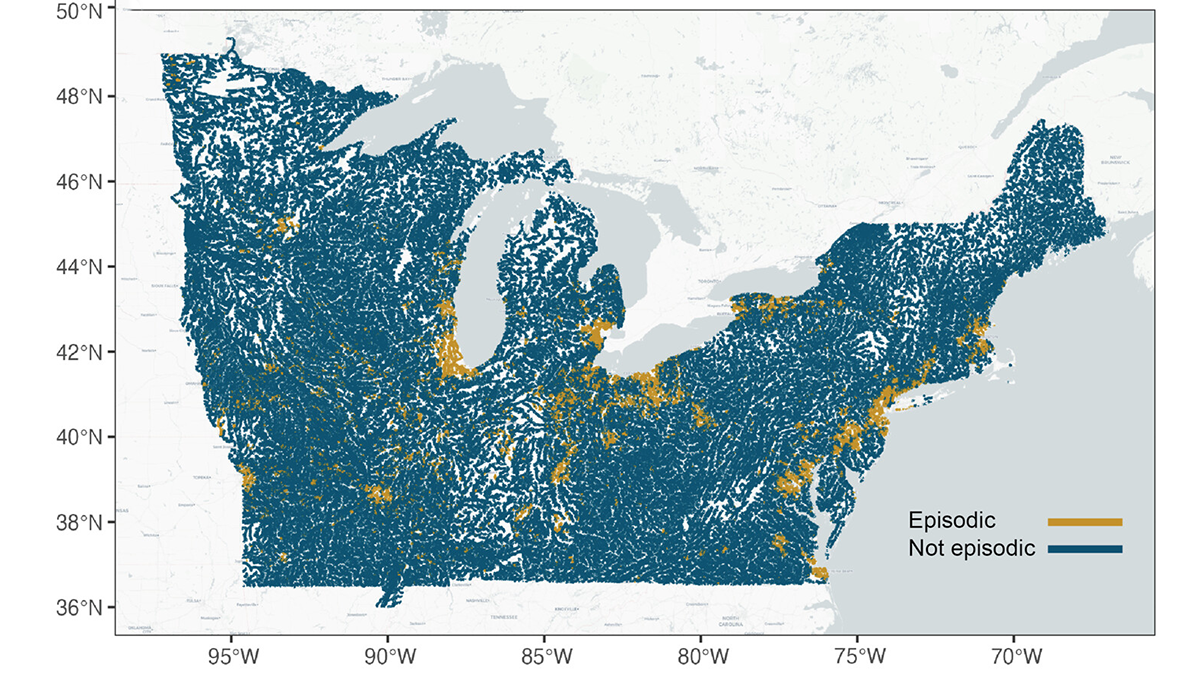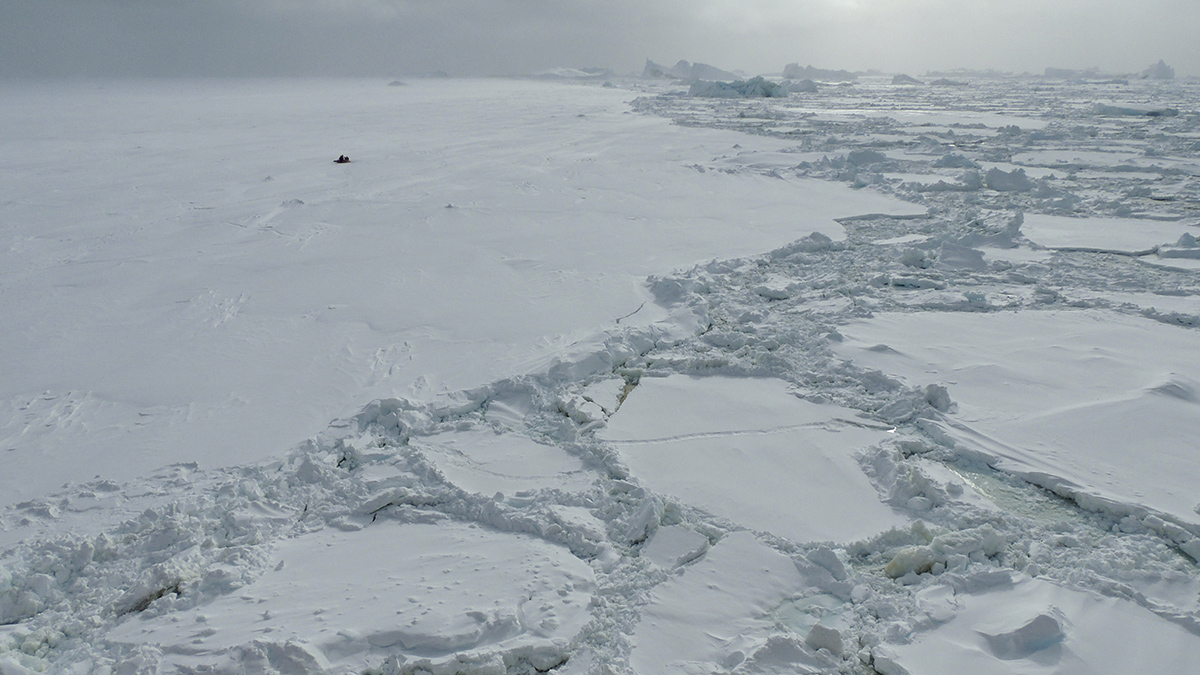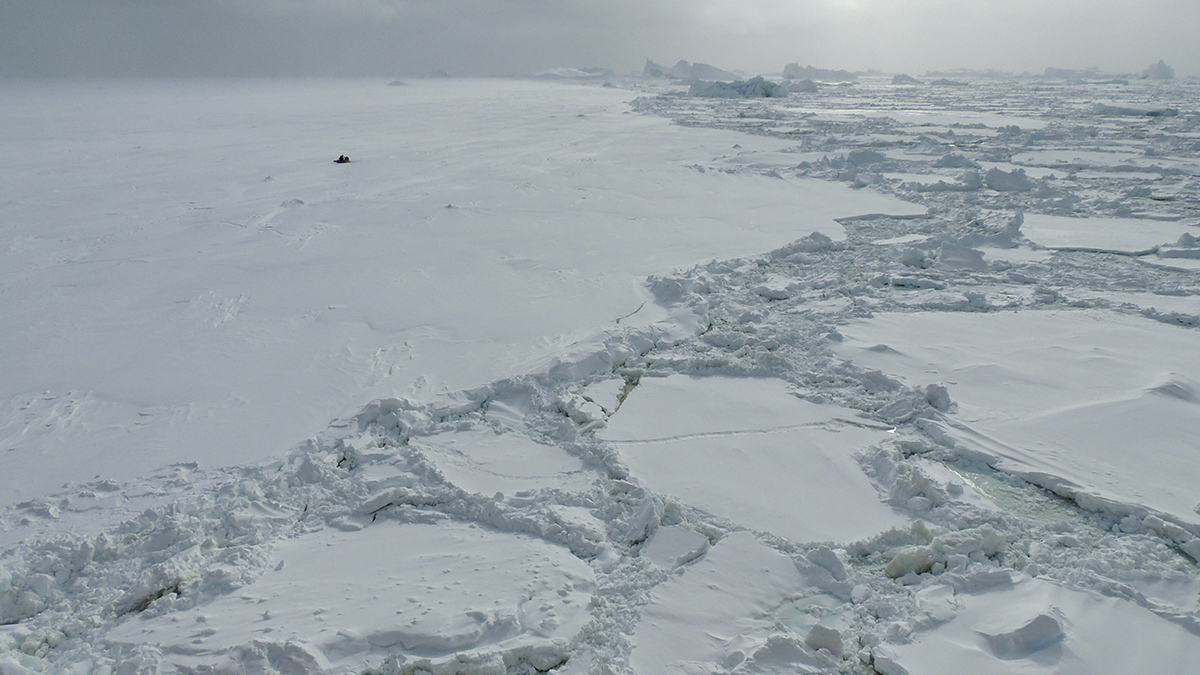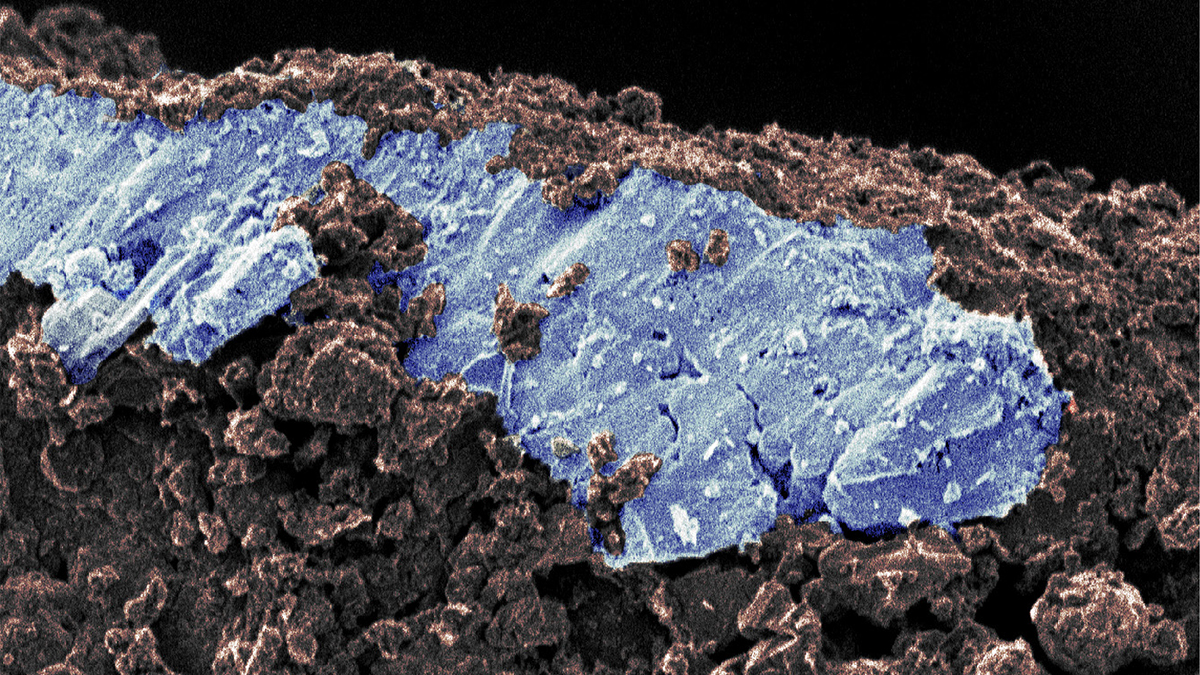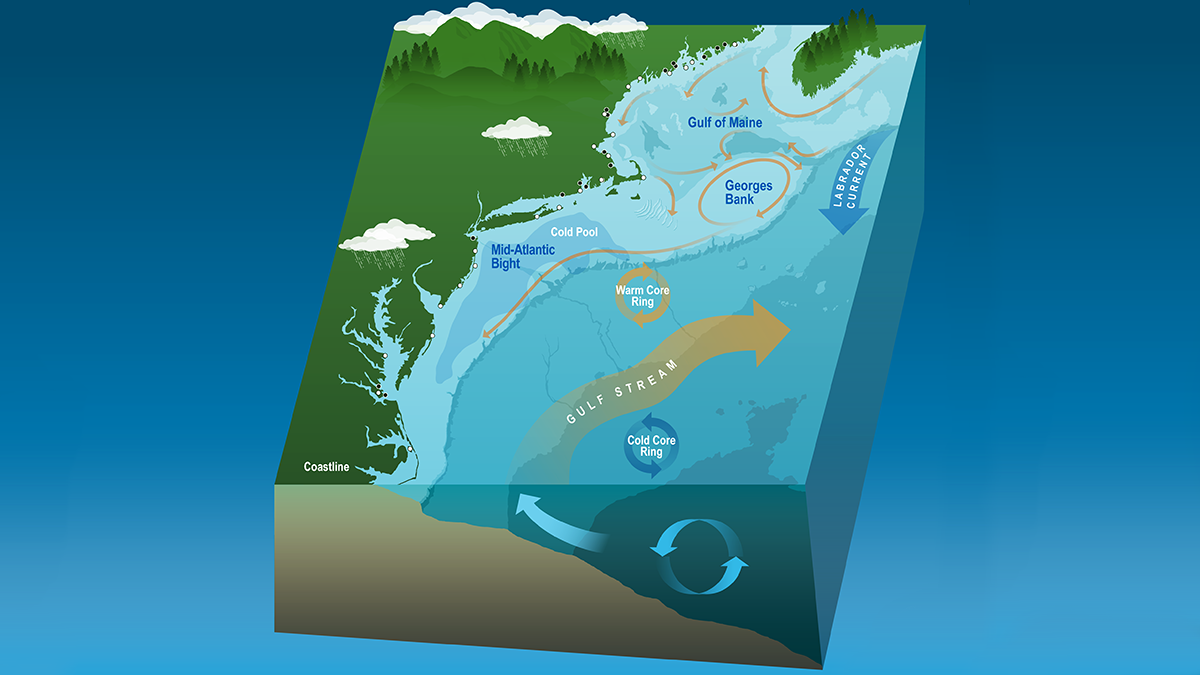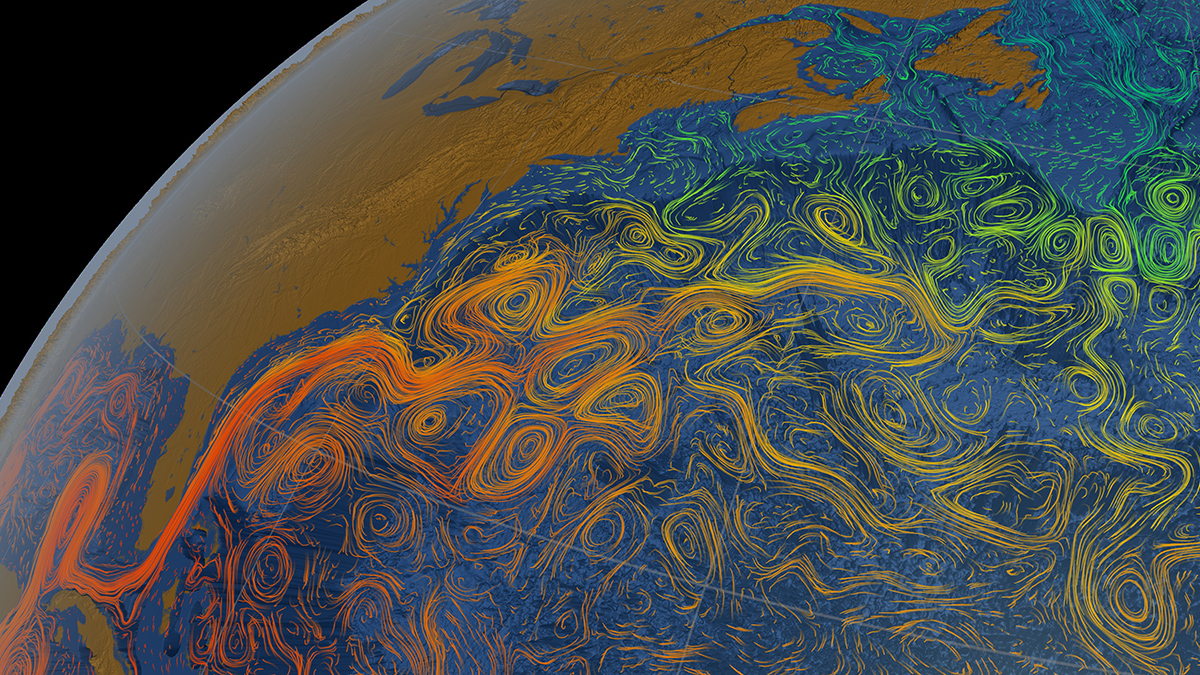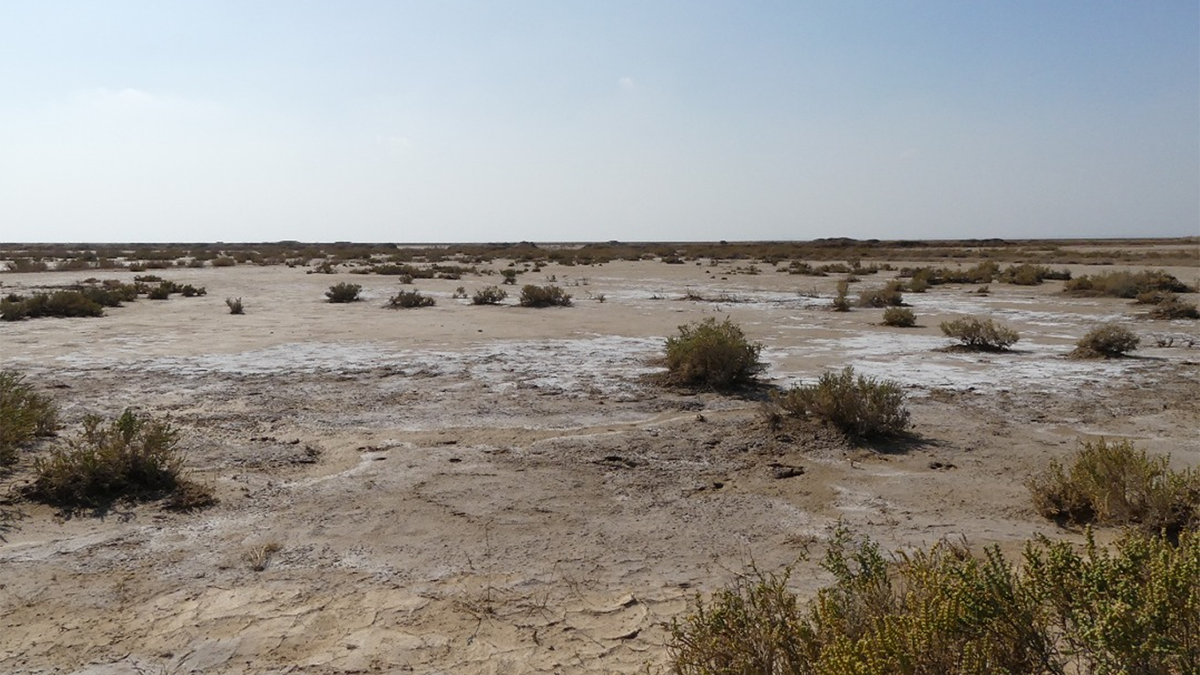When episodic pulses of road salt hit after a winter storm, the impact can be like a lightning strike for the environment.
salts & sodium
What Salty Water Means for Wild Horses
New research monitors how saltwater intrusion is affecting the behaviors of Shackleford Banks’s wild horses.
La salinidad del Océano Austral podría estar desencadenando la pérdida de hielo marino
Nuevas tecnologías satelitales han revelado que el Océano Austral se está volviendo más salino, un giro inesperado de los eventos que podría representar un gran problema para la Antártida.
Southern Ocean Salinity May Be Triggering Sea Ice Loss
New satellite technology has revealed that the Southern Ocean is getting saltier, an unexpected turn of events that could spell big trouble for Antarctica.
Salt May Be Key to Martian Mudflows
Mars probably has mud volcanoes, and salt might be the ingredient that keeps the flow going.
Asteroid Samples Suggest a Solar System of Ancient, Salty Incubators
The discovery of salty mineral evaporites on Ryugu indicates that watery environments may have been widespread in the early solar system.
Coastal Dynamics Revealed by Satellite Salinity Data
One decade of high-quality satellite salinity observations provide valuable insights into the complex dynamics in the Mid-Atlantic Bight.
Are Rogue Argo Floats Skewing Ocean Salinity Data Products?
Global ocean salinity products have become increasingly inconsistent since 2015, coinciding with a drift to higher salinity values in a number of Argo sensors.
The North Atlantic Is Getting Saltier
The Atlantic is already the saltiest of Earth’s oceans, and parts of it are getting saltier. Winds and warming may be to blame.
Soil Salinization: A Rising Threat to Ecosystems and Global Food Security
As soil salinization intensifies, it poses serious threats to ecosystems, soil health, global food security and socio-economic stability.

